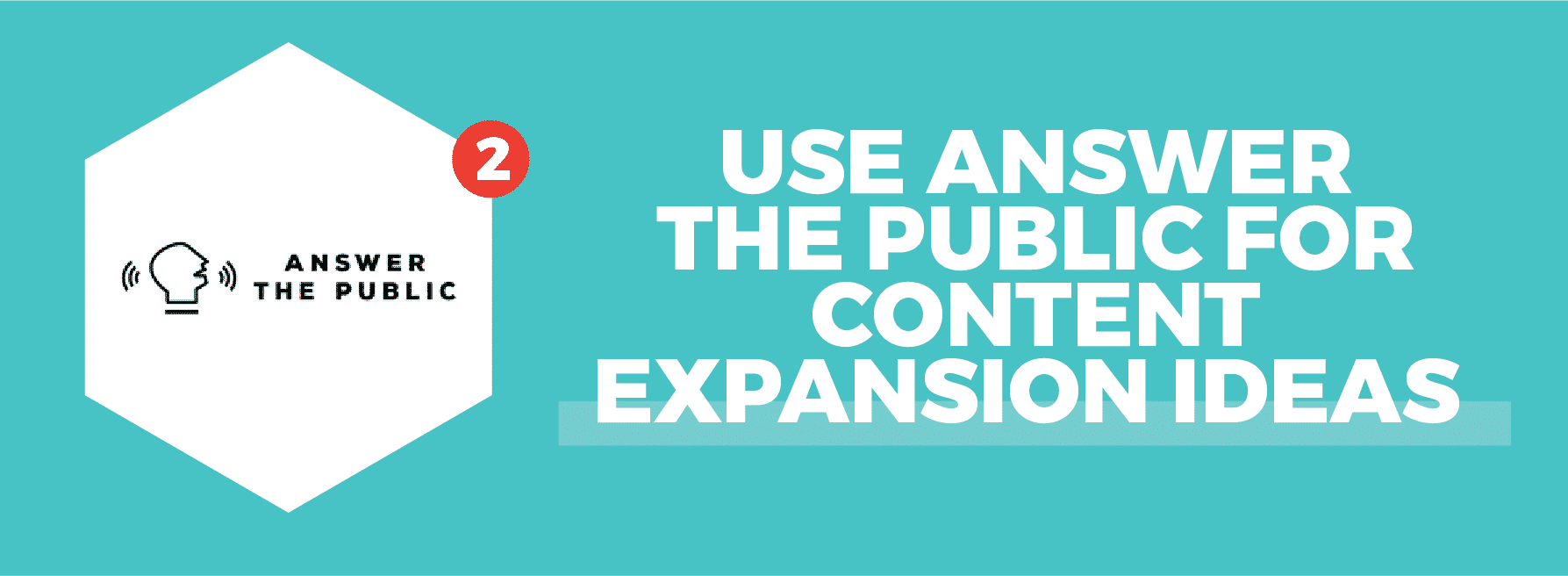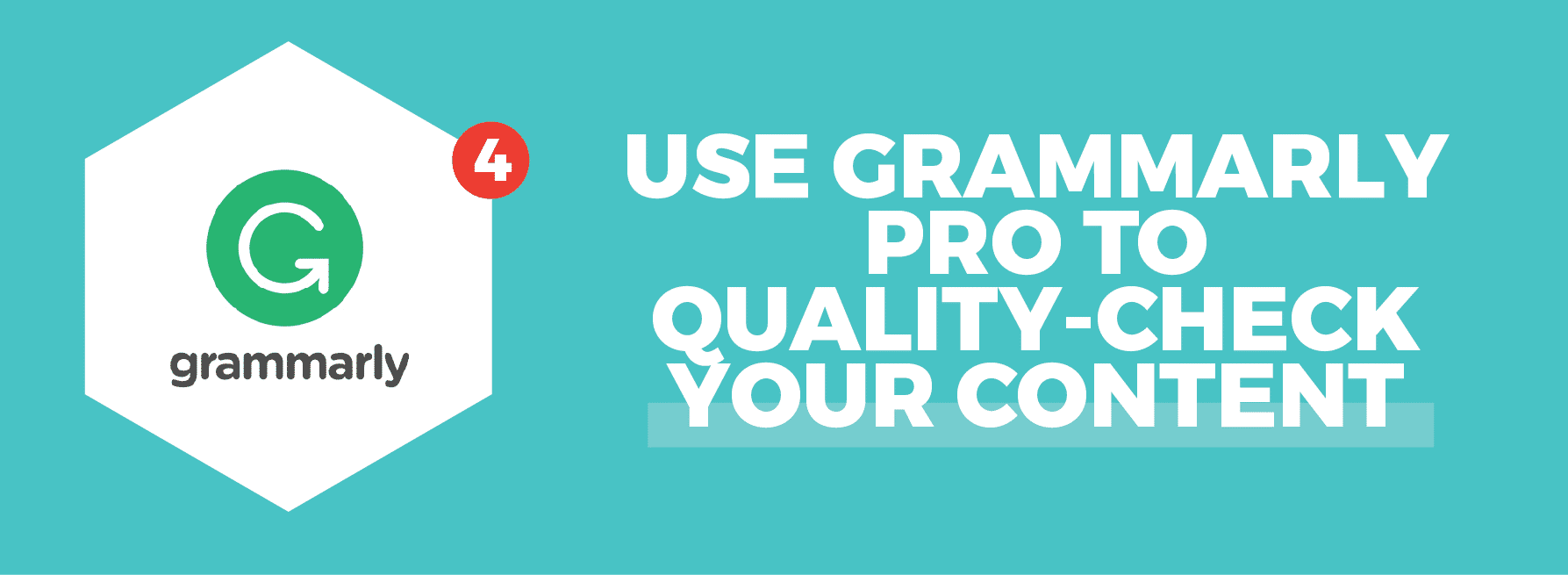Whether your site is e-commerce, a blog, or a general business page, you’ve probably experienced your pages ranking well but not well enough to appear consistently on page one of Google’s SERP. This is a sign that your content lacks page authority to compete with other sites. Being stuck on the second or third page of the search result page sucks, but it doesn’t have to stay that way.
If, when you run those pages in an SEO page grader, it tells you your on-page optimization is done well, the issue may be that your site is missing the mark for a key quality factor. This factor being expertise, authority, and trustworthiness—E-A-T. One method of getting yourself unstuck is to turn your content into high E-A-T pages, keeping in mind though E-A-T is not a direct ranking factor.
Finding E-A-T Improvement Opportunities
To leverage your current content’s E-A-T capabilities, start by identifying any pages that could be considered YMYL content (as discussed in chapter four) or that might have greater utility for your target audience. Review your existing pages and look for any content with the following characteristics:
- The information covered could affect the reader’s happiness, health, financial stability, or safety.
- The content answers a question commonly asked by your target audience.
- Most websites within your industry cover the topic, heightening the need for competitive content.
- The information could be converted into a guide or industry-wide resource if presented differently.
- The information could be condensed and combined with other closely related content to form a single, in-depth content asset.
With these criteria in mind, create a list of pages to improve. In the next step, you’ll prioritize the pages that need the most immediate attention.
Justifying Further E-A-T Content Development
When it comes to altering pre-existing content, you should always analyze the page’s current performance before making any changes. In general, any content updates (or the creation of new content) should be justifiable based on concrete metrics.
To determine whether or not it’s worth the time and resources required to bring a page up to E-A-T standards, you’ll have to reevaluate the following factors for each page you’re considering:
- The search volume and traffic trends for the targeted keyword,
- The search intent associated with the keyword and the relevance and utility of the page’s content, and
- The quality of the corresponding competitor pages.
Through close analysis of these three elements, you’ll be able to determine whether it’s realistic for your page to rank within the first Google SERP for the associated keyword. When strategizing your workflow, prioritize the pages with the best chances of knocking out a competitor page from the top 10 search results.
To complete this analysis, make use of the available online resources. Each of these tools can help evaluate your content’s ranking potential, should you successfully improve the page’s E-A-T quality.

Ahrefs is a great tool that will help you answer the following questions:
- Does my website have enough Domain Authority to rank for a specific keyword?
- How many inbound links do I need to acquire to increase Page Authority?
- What content am I missing in order to rank?
Ahrefs metrics’ Domain Rating, Ahrefs Rank, URL Score, Linking Root Domains will provide you with the quantitative measurements you will need to answer those questions.
Using Site Explorer by Ahrefs, you’ll get visibility into your competitor’s keywords and find ranking opportunities for your existing pages. This tool will help you identify realistic keyword targets and give you concrete ideas for improving your content. This is how it works:
- Step 1– Enter a competitor’s domain into the Site Explorer search bar.
- Step 2– Within the toolbar on the left-hand side of the page, click “Organic keywords” under “Organic search.”
- Step 3– To find keywords you could realistically rank for, use the filter functions to target longtail keywords with lower search volume.
- Step 4– Within these results, look for any keywords for which you have existing content that could be improved or expanded.
- Step 5– Within these results, look for any keywords for which you have existing content performing poorly and could be modified to serve that keyword search instead of their original target.
- Step 6– For each potential keyword target you find, click the “SERP” option within the second column in from the righthand side.
- Step 7– Look through the page titles for content reframe ideas.
- Step 8– Analyze the top-ranking pages’ DR and URL scores and look for the weakest ranking page.
- Step 9– Look at that page’s content and assess how you can modify your corresponding page to outperform it. Pay attention to the E-A-T qualities of the page.

Once you’ve identified the keywords your content could realistically rank for, you can use Answer the Public to develop further your content related to that keyword. To improve E-A-T quality, you’ll likely want to expand your existing content or modify it such that it matches search intent more closely. This tool will reveal common search queries that contain your target keywords, which you can use as inspiration for your content expansion or refresh.
- Step 1– In the search bar, enter your keyword in its broadest form.
- Step 2– Review the results to find queries in question, preposition, and comparison forms.
- Step 3- Record any results that could be used as a new title or new subheaders for your existing content surrounding the root keyword.

Social media isn’t a direct ranking factor, but Google has indicated it can help your site rank better. It is important to format your content in a way to yield the most engagement. Buzzsumo can provide valuable insights as to what type of content has historically performed well.
- Step 1– Enter the root keyword you want to target within the search bar on the Buzzsumo homepage.
- Step 2– Look through the page results and identify any topics or angles you haven’t covered in your existing content. Read those pages for continent expansion or improvement ideas.
- Step 3– Analyze the social engagement metrics of each page result that piques your interest. Social engagement serves as social proof of the content’s utility—you’ll want to emulate any page with a high number of total shares.
Modifying Your Content Based on Your Research
Now that you’ve identified which keywords to target and have gathered ideas for further content development, it’s time to modify your content. Remember, the ultimate goal is to create high E-A-T content. You can refer back to the previous chapter for a refresher on how to achieve E-A-T for an individual page.
The metrics and content ideas you’ve compiled using Ahrefs, Answer the Public, and Buzzsumo should inform your content development strategy. The research you completed should provide ideas and justification for the following content development tactics:
- Replacing the keyword target for any low-performing pages
- Expanding or condensing content to address topics that match search intent on a single page
- Expanding content to include information that your high-ranking competitors include but that you excluded
- Changing titles to match more closely search intent
- Adding media assets (videos, infographics, audio, tools, etc.) to outperform your competitors for a given keyword
- Making your content more engaging or more authoritative by adding new angles, input from experts, data, research, case studies, etc.
Perfecting and Promoting Upgraded E-A-T Pages
Next, you’ll want to focus on solidifying your content and re-promoting your newly-improved pages. There are countless tools available online to help achieve these goals, but you should start with the following:

Nothing takes away from the expertise, authority, and trustworthiness of content more than sloppy writing. Any text that contains grammatical or spelling errors will deter readers immediately. If you have industry experts creating content for your website, your contributors may have topical knowledge but not writing expertise.
Before republishing any content, run the text through Grammarly. This writing software will catch mistakes, and it will suggest changes to improve your content’s quality and readability. To meet E-A-T standards, set a minimum Grammarly score that all of your content must meet before publication.

With your content perfected and republished, you can now proceed to increase Page Authority through link building. One tactic for improving E-A-T through link building is identifying where your competitors have contributed content in the past. Once you’ve identified those sites, you can submit your own content that includes links to your newly-improved pages.
- Step 1– Identify your competitors’ brand advocates or main content contributors for each of your top competitor websites.
- Step 2– Find where your competitors have published content outside of their own website. Use this model Google search string:
by “competitor name” -competitordomain.com
- Step 3– Review the search results for content submission opportunities.
- Step 4– Repeat this process with competitors and popular bloggers or influencers within your niche.
Adapting Your Content Marketing for E-A-T
You don’t have to be obsessed about following E-A-T guidelines to a tee if you’re not in a YMYL industry. However, adopting a consistent tone that is genuine, authentic, and matches your audience’s persona can be very useful. Prioritizing quality over quantity may also be a good idea.
For example, if you have the choice between working on a new blog with low added value for the reader and updating an older piece of content, the chances are that the latter will be more beneficial to your SEO.




